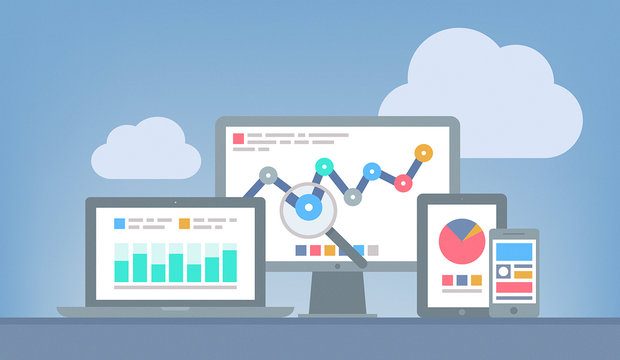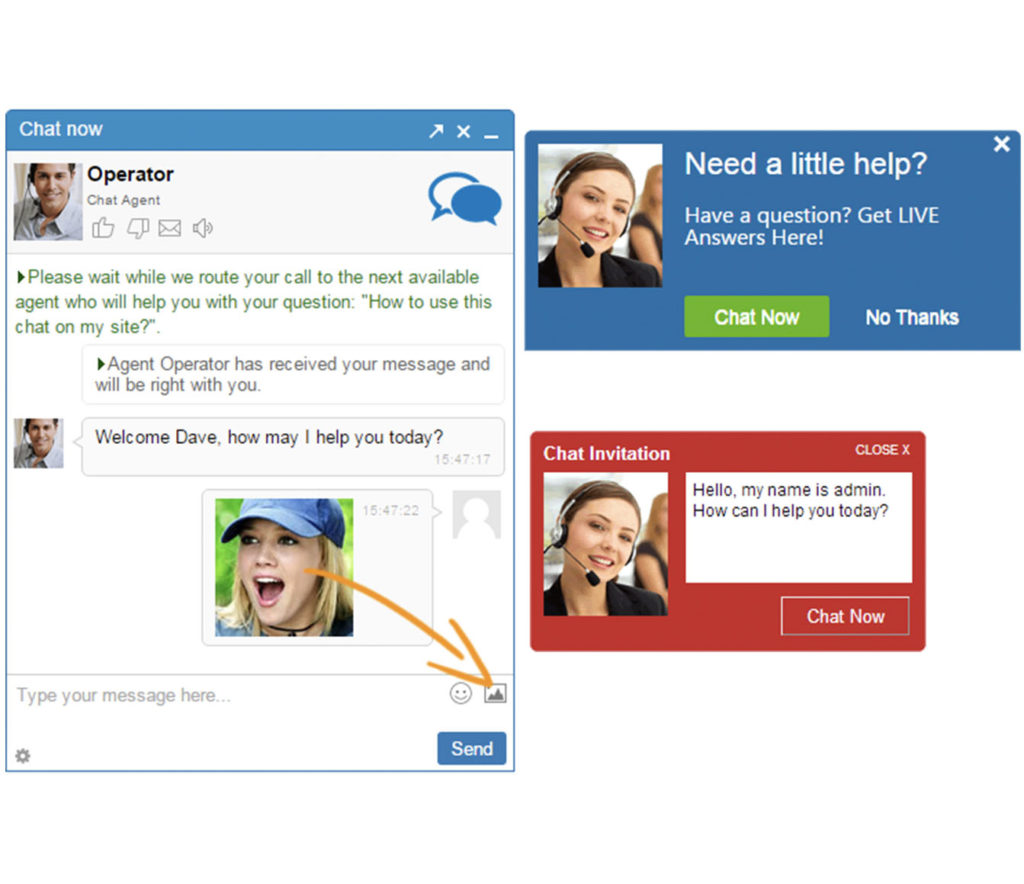
October 8, 2018
How Chat Boxes Can Improve Your Website’s Conversion Rates
It’s hard standing out online. Every single one of your competitors is here as well, pitching their own solutions to your customers’ problems and trying their best to funnel visitors towards a sale.
The power to choose is in your customers’ hands. If you want to capture their attention and loyalty, there are few ways to do so better than providing an excellent user experience. And that means better, faster support for their questions or concerns.
Introducing live chat is perhaps the simplest way to boost conversion rates in real-time, with no split-testing required. Take a look at how one simple website addition can take your online business to the next level:
Create a Personal Connection with Customers
In the pre-Internet days, businesses like yours would reach customers primarily by running ads. Just like your website, those ads used a call-to-action to ask potential customers to convert – usually, that meant encouraging them to call a phone number.
Your potential customer would call that number and be connected to a salesperson – a real, friendly, engaging source of information who could resolve their questions or problems without requiring any real effort on the customer’s part, guiding them further through the buying process (and often enabling a sale right then and there).
In our modern world, websites have become the most common interface between businesses and their would-be customers. They’re automated alternatives to hiring a ton of salespeople. But here’s the problem: without that human connection and persuasion to guide them through the process, only a tiny fraction of your visitors are actually converting – and that’s a lot of money being left on the table. In most industries, website conversion rates in the 2-3% area are common, and double-digit numbers are almost unheard of.
Live chat and messaging provides a way for humans to interact with your customer base, substantially increasing the conversion rate. Using data-driven web marketing, you can even anticipate when your visitors are likely to have questions, and reach out right when they need it most – for instance, displaying a chat box to users who have been lingering on your checkout page for a certain amount of time.
This is a fast and easy way to offer help, and it caters to users at every stage of the conversion process – from browsing for general info, to comparing options, to actually completing a purchase. Just as importantly, it doesn’t interrupt their experience in the way that a large pop-up or overlay message would. It’s unobtrusive, and unlikely to cause any furious clicking of the “back” button.
Grab Their Attention
Even if they’ve specifically sought your website out, most visitors will click away in under a minute – unless they’re in the process of buying something, signing up for your mailing list, or taking whatever your desired conversion action is. This means you have to grab your would-be customers’ attention quickly, lest you risk losing them forever.
We can build on the idea of “creating a personal connection” here. It’s easy to personalize the messages within your chat boxes, tying them to things like behavior triggers or the visitor’s geographical location. An e-commerce store owner might, for instance, introduce live chat to users who have added items to their cart but not proceeded to check-out for at least 5 minutes.
By intelligently targeting your visitors with a message that speaks directly to them, you make it much more difficult for those visitors to ignore the chat box. And once you’ve got their attention, the odds of conversion increase dramatically.
Resolve Problems Immediately
In our fast-paced digital world, your customers have plenty of options to try and solve their problems. They have plenty of things competing for their attention, both on- and off-line.
What they don’t have a lot of is patience – patience to explore every bit of your website looking for information. They want to see a clear pathway – a service you’re selling, for instance – that can solve the problem that brought them to your site in the first place. And if that pathway raises more questions with unclear answers, it can be a frustrating experience.
Drift conducted a study measuring, among other things, how response times impacted lead generation. They found a 10x decrease in the odds of making contact with a lead after a mere 5 minutes had passed without a response. Waiting more than 15 minutes caused nearly all potential customers to drop off.
You simply cannot make customer support too convenient. Nobody wants to wait 48 hours (or more) for a response to an email requesting help or guidance. At that point, your would-be customer probably isn’t even thinking about your product or service anymore. Or they may have moved on to one of your competitors. Whatever the odds are that they’ll follow-through with a purchase at that point, they’re certainly lower than if you’d managed to capture that interest right away.
Wondering how intelligent web marketing can boost your conversion rates and grow your business? GreatLike Media is a Orange County web design agency and have professionals here to help you work smarter, not harder. Contact us to learn how we can help.
 Back to main posts
Back to main posts